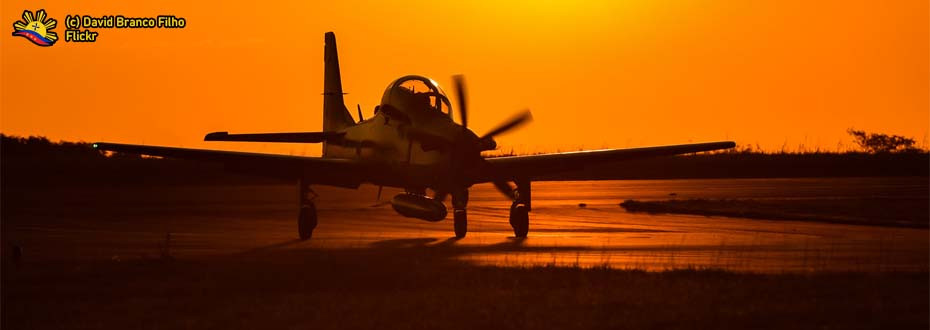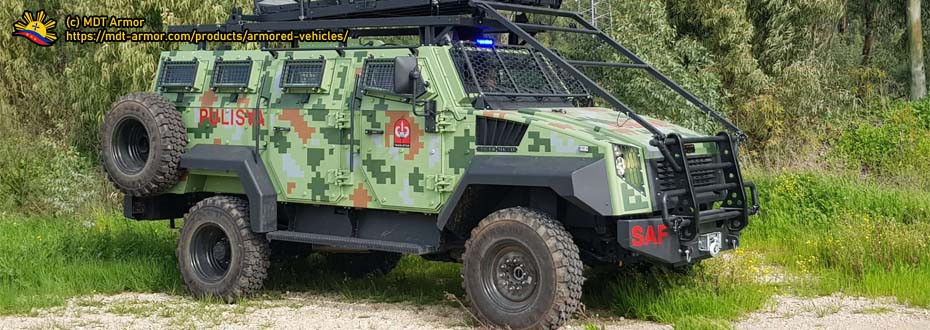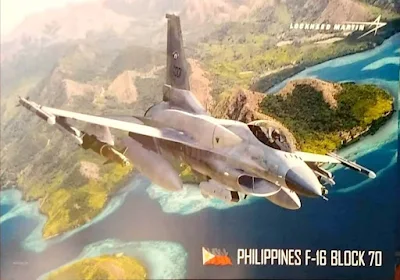Based on the information provided by PT Dirgantara Indonesia on their website, the aircraft's performance comprises the following -
Weight
Maximum Take Off Weight - 8,100kg
Maximum Landing Weight - 8,100kg
Maximum Payload - 3,000kg
Fuel Capacity - 1,560kg
Take note that the final maximum payload depends on the final configuration selected by the customer, and the information given only pertains to the NC-212i product currently produced by the said Indonesian Aerospace company.
Comparing this to the
EADS-CASA C-212-200 Aviocar specifications regarding weight, the NC-212i comes with a slightly better capability of carrying heavier cargo, as the former comes with 7,700 kg maximum takeoff weight and even near to the maximum payload of the NC-212i at around 8,000kg in military overload conditions.
Getting further, the NC-212i as a final product really sees itself as an improvement over the original C-212-100 production model, as the cargo compartment of the former comes with
26 passengers plus
2 crew onboard, while the latter only comes with 18 passengers and their luggage, or only 16 fully equipped paratroopers for its launch customer, the Spanish Air Force.
Another specification to take note is its performance, whereby the NC-212i possesses the following attributes:
Performance
Maximum Cruise Speed (MTOW, ISA, 1,000ft) - 195kts
Long-Range Cruise Speed - 163kts
Range with Maximum Payload (3,000kg) - 207NM
Range with Maximum Usable Fuel with 2,060kg payload - 806NM
Service Ceiling (All Engine Operative) - 23,000ft
Service Ceiling (One Engine Inoperative) - 7,000ft
Long Range Fuel Flow - 647lb/hr
Takeoff Distance - 740meters
Landing Distance - 527meters
The performance and specifications of the NC-212i Light Transport Aircraft fit its intended design specification, as its intended replacement in the Spanish Armed Forces, the C-47 SkyTrain (or DC-3 for civilian configuration)
comes with varying specifications, with an almost similar speed, service ceiling, and quick maintenance fix, although the latter comes with a better weight capacity and range.
From its specifications, the NC-212i Light Transport Aircraft comes with its design purpose of having an aircraft that deploys on shorter range flights like on conducting
cloud seeding or maritime patrol , or on airports and airbases designed with
shorter runways while
being more economically operated and maintained as opposed to its larger peers in the Philippine Air Force such as the C-2195s and C-130s, both designed for medium lift and heavy-lift operations.
Completing it up, the Philippine Air Force's decision to get more of these Light Transport Aircraft like the NC-212i comes to get an aircraft with differing capabilities and purposes in mind, as having these platforms really augment the existing two units of NC-212i aircraft in the inventory, doing its shorter flights and smaller cargo and troop configuration, while getting larger cargo aircraft assigned to a cross-country flight that transports troops and equipment in bulk.
IN SUMMARY
 |
A Philippine Air Force NC-212i on its final approach in Clark International Airport.
(c) John Andrei Policarpio, via Wikimedia Commons. |
The Philippine Air Force may be about to get its contract for Light Lift Wing Aircraft Acquisition Project sealed soon, as the
Department of Budget and Management or DBM has released a
Special Release Order or SARO, enabling the project to push through as there is already the financial release intended for securing a 15% down payment, getting through the process that completes the terms and eventually starting the production of the units.
It goes to show that the Philippine Air Force is so far satisfied with its current two units of NC-212i delivered from Indonesia by PT Dirgantara Indonesia, and their desire of getting additional units gives relief to the ones currently in service as it may undergo its repair and maintenance schedule eventually that keeps it operational without disruptions as there are other aircraft of similar type that takes over its intended functions and duties.
This also shows Indonesia’s defense industries getting more involved than ever in providing the Armed Forces of the Philippines the military hardware it needs, as it is worthy to take note that the Philippine Navy secured another additional orders for its
Landing Docks Acquisition Project, supplementing its two Tarlac-class Landing Platform Docks that are both produced by Indonesia’s PT PAL Persero.
The development and production phase of the C-212 Aviocar is astounding, as it accrues several users aside from the Spanish Air Force and it gives incentive to the likes of PT Dirgantara Indonesia in securing its foothold in the market for military and civilian aviation, as they secured the license from EADS-CASA, as the
latter’s production lines no longer produces such type of aircraft and focuses on its production of the likes of the
C-295 Medium Lift Aircraft that the Philippine Air Force also benefits on.
To end this up, the Philippine Air Force sees a promising prospect in adding its Light Lift Wing Aircraft in inventory, which is an attribute of its entire effort and of those of the Armed Forces of the Philippines in striving to fully modernize its forces, ranging from its organization to military units and composition, as well as rehabilitating and building new facilities and buying new military hardware, pursuing the ultimate desire of getting the minimum credible defense posture, and in the steps that making sure that the country is safe from both domestic and foreign threats.



































